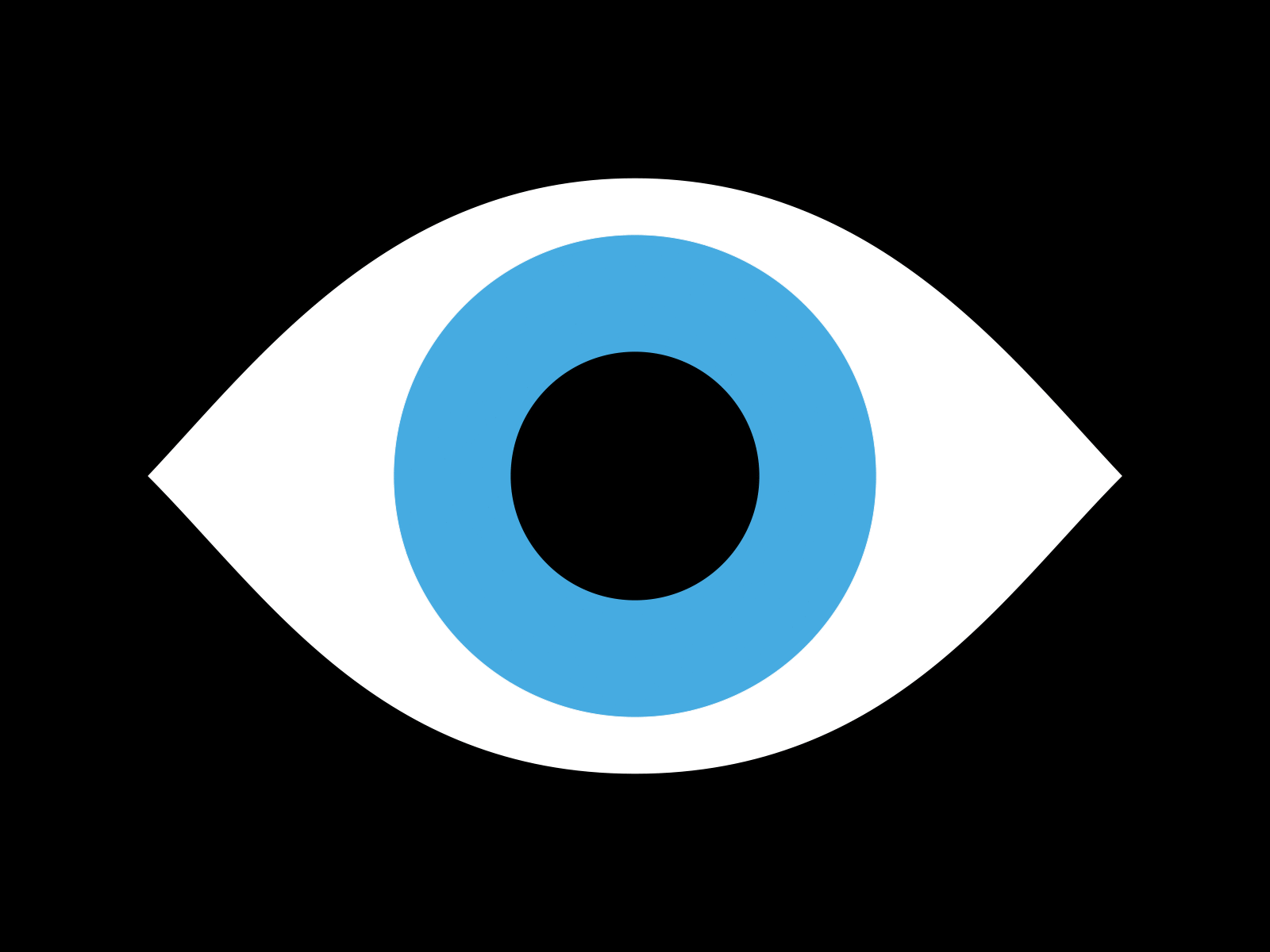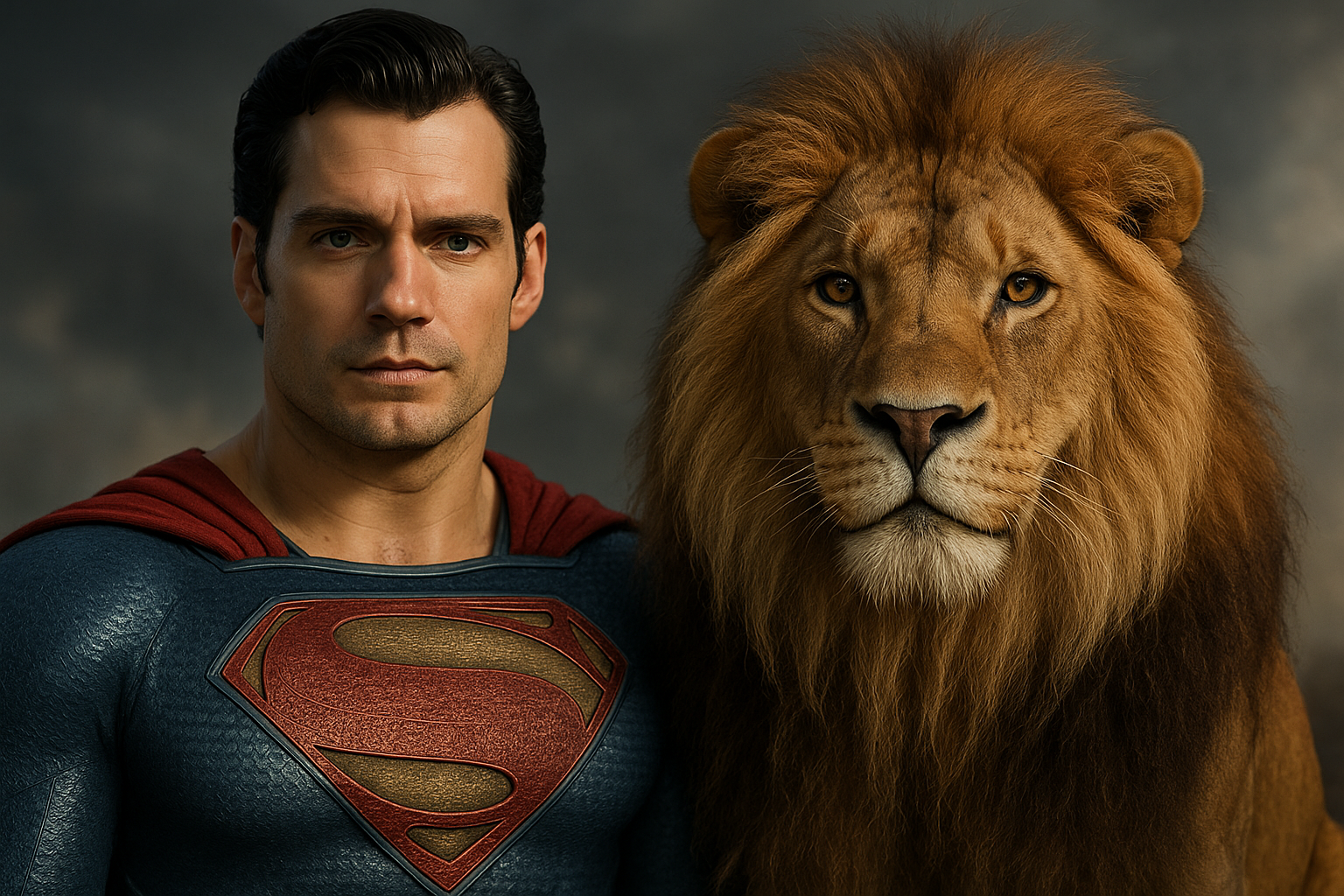Both have power. Kal-El can fly, bend steel, and see through walls. Simba is a lion. Born to rule Pride Rock. But power means nothing when you don’t know who you are.
Their stories tap into something universal: the human battle for identity. Psychologist Erik Erikson referred to this as “Identity vs. Role Confusion,” a developmental stage that we all navigate. It’s not just good storytelling. It’s a reflection of our own wiring.
We are biologically driven to find a coherent sense of self. The brain is a pattern-matching machine that seeks to resolve cognitive dissonance (the mental stress of holding conflicting beliefs). A fragmented identity is cognitive dissonance at the highest level. The brain literally can’t rest until it resolves this conflict.
The Wandering State
Without identity, they wander.
Kal-El drifts between jobs, hiding his abilities, reacting to whatever comes next. He’s trying to read his own label from inside the jar — trapped in his own perceptual bubble, unable to see himself clearly.
Simba escapes to the jungle, singing Hakuna Matata, adopting Timon and Pumbaa’s borrowed philosophy because he has none of his own.
Lost. Reactive. Purposeless.
Their strength becomes confusion because they have no frame for what it’s for. They seek external validation because they lack internal clarity. They’re studies in what happens when power exists without identity.
Neuroscientist David Eagleman refers to this as the “umwelt problem.” We’re trapped inside our own perceptual experience. We experience ourselves from the inside, but others experience us from the outside. This creates a fundamental blind spot.
Research from Dr. Tasha Eurich confirms this: 95% of people think they’re self-aware, but only 10-15% actually are. We need external mirrors (other people, experiences, crises) to see ourselves clearly.
The Organizational Multiplier
Businesses are no different. They are simply human collectives.
But now multiply this identity confusion by organizational scale. A business isn’t one person struggling to read their own label. It’s dozens, hundreds, or thousands of people, each trapped in their own umwelt, trying to coordinate.
When a company lacks a singular identity, the confusion stacks exponentially.
Organizational psychologist Karl Weick referred to this as “collective sense-making.” Groups require a shared identity to function effectively. Without it, you get organizational dissonance — different parts of the company holding conflicting beliefs about who they are and what they’re for:
- Marketing runs campaigns misaligned with product realities
- Sales focuses on features because they lack a core point of view to sell
- Product development adds complexity to solve for edge cases, diluting core purpose
- Each leader operates with a slightly different interpretation of the mission
The organization defaults to chasing “glitter,” superficial tactics that are easily copied. Trend-hopping. Competitor-watching. Feature-adding. Anything that feels like forward motion.
This is the frantic energy of a business stuck working on effects while ignoring the cause.
The Four Levels: Where Most Businesses Get Stuck
There’s a framework that reveals where organizations typically fail:
Level 1: Saying It This is messaging. Taglines. Value propositions. “We help X do Y.” Most businesses live here, endlessly refining how they describe themselves.
Level 2: Proving It This is demonstration. Case studies. Social proof. Feature comparisons. Trying to convince through evidence.
Level 3: Being It This is embodiment. When your identity shapes every decision, every action, every priority. When what you do is an authentic expression of who you are.
Level 4: Owning It This is mental territory ownership. When customers associate a concept with you automatically. When you transcend description because you’ve become synonymous with an idea.
Most businesses get trapped at Levels 1 and 2. They work on messaging and proof points (the effects) without ever solving for identity.
They assume they know who they are (remember: 95% think they’re self-aware). So they skip the hard work of identity clarification and jump straight to tactics.
However, your brain processes identity first (default mode network), then emotion (limbic system), and finally logic (prefrontal cortex). This sequence is neurologically fixed. You can’t skip steps.
When you try to build messaging before identity, you’re asking the neocortex to create meaning that the limbic system hasn’t felt. It produces clever words that don’t stick. Campaigns that don’t convert. Value propositions nobody remembers.
Studies on “self-concept clarity” from Dr. Jennifer Campbell show that people with low identity clarity experience:
- Higher anxiety and stress
- More difficulty making decisions
- Greater susceptibility to external influence
- Reduced ability to pursue long-term goals
This is organizational life for most companies. Constant anxiety about positioning. Difficulty making strategic choices. Susceptibility to every market trend. Inability to stay focused on long-term goals.
Harvard Business Review research shows companies with a clear identity (what they call “strategic clarity”) outperform their peers by 200% in revenue growth and 150% in profit margins. However, here’s the problem: 85% of leadership teams disagree on what their company stands for.
The Restoration Moment
Then their fathers appear.
Jor-El shows Kal-El what the “S” means: hope.
Mufasa tells Simba: “Remember who you are.”
Everything changes.
Not because they gained new powers. Not because they learned better tactics. Not because they refined their messaging.
Because identity was restored.
This restoration of identity resolves the core conflict. It provides what psychologists call a “powerful, low-energy pattern” for the brain. Clear identity simplifies choice. It reduces cognitive load. It eliminates the mental stress of cognitive dissonance.
For leaders, it becomes the ultimate decision-making filter. Every choice gets evaluated against one question: Does this reinforce or dilute who we are?
With identity restored, Kal-El becomes Superman — purpose made visible.
With identity restored, Simba reclaims Pride Rock — not through better messaging, but through aligned action that proves his position.
Their decisions aligned. Their actions became coherent expressions of identity. Their story became inevitable.
Why do these stories work as teaching devices?
Because they activate what researchers call “narrative transportation.” When we hear a story, we simulate the experience in our own neural networks. We’re not just watching Simba’s transformation. We’re processing our own.
Joseph Campbell called it the Hero’s Journey, but the neuroscience is simpler:
Stories let us see patterns. Patterns create meaning. Meaning builds identity. Identity enables action. This is why every culture has mentor-reveal stories. Moses and the burning bush. Luke and Obi-Wan. Neo and Morpheus. They’re not just narratives. They’re cognitive tools for identity clarification.
What Changes When Identity is Clear
For businesses, solving identity creates cascade effects across every function:
Your messaging writes itself because you know what you stand for. You’re no longer trying to describe features. You’re expressing truth.
Your product roadmap is clear because you know who you serve and why. Identity becomes the filter that eliminates confusion about what to build next.
Your marketing resonates because it’s the truth, not tactics. Customers detect the difference between authentic expression and manufactured perception. Mirror neurons in their brains detect incongruence.
Your team aligns because they understand the purpose behind every decision. Shared identity creates social bonding — literally triggering oxytocin release that strengthens organizational cohesion.
Your culture strengthens because identity provides the frame for every interaction, every hire, every promotion.
This is the shift from Level 1-2 (saying and proving) to Level 3-4 (being and owning). It’s the move from messaging to a business model. From what you say to what you cannot help but be.
Research from Jim Collins’ “Built to Last” shows that companies with a clear core identity outperform the market by 15:1 over 50 years. Not because they’re smarter or luckier. Because coherence compounds.
When every decision reinforces the same identity, you build what psychologists call “structural integrity.” The whole becomes stronger than the sum of its parts.
When Costly Choices Become Logical
Consider Tesla.
Their identity: we own “the future” (not “electric cars”).
From this core identity, seemingly irrational decisions become logical:
- Building gigafactories when everyone said it was too risky
- Avoiding the dealership model despite industry convention
- Releasing patents to accelerate electric vehicle adoption
- Launching the Cybertruck with a polarizing design
These aren’t random choices. They’re inevitable expressions of an identity that owns the future. When you own the future, you don’t play by today’s rules. You don’t optimize for today’s infrastructure. You don’t protect today’s advantages.
This is what positioning really is: architecting your entire organization to make your identity inevitable. Every structure, every process, every incentive is aligned to ensure that being who you are is the path of least resistance.
It’s the alignment of two realities:
IQ (Inside-Out Reality): Who you actually are. Your capabilities, culture, and core truth.
EQ (Outside-In Perception): How you’re perceived. The mental territory you own in customers’ minds.
Most companies have a gap between these two. They claim to be one thing (EQ) while their actions reveal something else (IQ). Customers detect this incongruence instantly. The hippocampus can’t encode scattered experiences into coherent memory. You become forgettable.
Positioning is the leadership discipline of closing this gap. Of defining core identity (IQ) and then making every external touchpoint an authentic expression of it (EQ).
The Pattern is Universal
Identity confusion → scattered action → weak results → more confusion.
Identity clarity → aligned action → compounding results → stronger identity.
This pattern holds whether you’re a superhero, a lion, or a business. But most companies skip the foundational work. They assume they know who they are (the 95% who think they’re self-aware). They work on tactics (the effects) without examining identity (the cause).
They confuse activity with clarity, visibility with resonance.
And like Kal-El hiding in fishing boats or Simba singing in the jungle, they wonder why their power doesn’t translate to impact.
They chase glitter. The superficial tactics that appear to be progress but create no lasting value. They optimize messaging while organizational dissonance tears them apart internally. They prove their value through case studies while customers struggle to remember what they stand for.
They’re stuck at Levels 1 and 2, working harder to say and prove, never reaching the place where they simply are.
The Question That Matters
Before you can scale, optimize, or grow, answer one question:
Who are you?
Not who you want customers to think you are. Not who your competitors say you are. Not who you were last quarter. Not what category you fit into.
Who are you (at the core) when stripped of tactics and trends? Because until you know that, you’re just flying fast in circles.
This isn’t a messaging exercise. It’s not something to delegate to marketing. It’s not a workshop deliverable or a positioning statement.
It’s a leadership reckoning.
The question isn’t whether you need identity. You already have one. The question is: have you examined it? Named it? Chosen it deliberately?
Or are you trying to read your own label from inside the jar? Letting tactics, competitors, and market trends define you by default?
Are you chasing glitter while your organization suffers from dissonance? Working on effects while ignoring the cause?
Clear identity provides a powerful, low-energy pattern for the brain. It eliminates cognitive dissonance. It becomes the ultimate decision-making filter. It aligns your inside-out reality with your outside-in perception.
It lets you stop explaining and start being.
Remember Who You Are
The “S” came first. The cape came later.
Jor-El didn’t give Kal-El better messaging. He gave him identity. And from that identity, everything else became inevitable.
Mufasa didn’t give Simba a positioning statement. He reminded him of a truth that had always existed. And from that truth, action became obvious.
When identity is clear, the struggle ends.
Your marketing, your products, your culture — they all become authentic, coherent expressions of one central truth.
They become the effect.
And no amount of power, product features, or marketing budget can substitute for this foundational clarity.
Because positioning isn’t about what you do to your product.
It’s about what you establish in the mind of the customer.
And that begins with knowing (truly knowing) who you are.
Remember who you are.
Everything else follows.
Uncover your position

Before you hire a messaging consultant to wordsmith your homepage, or an agency to “refresh your brand,” or someone to fix what they’ll call positioning (but is really just tactical framing), try this first.
The CEO Clarity Starter Kit
It does exactly what we just read. It helps you find and own your noun.
What you do:
- Run the Position Audit (reveals what noun you might already own without knowing it)
- Complete the 8-Question Advisor (the same questions that would surface “Command” for Cluely)
- Feed the output into ClarityGPT (included)
What you get:
- Your noun. The concept you can actually own, not just claim
- A 4-Level Positioning Canvas showing how to move from saying it to OWNING it
- ClarityGPT translates your position into landing pages, offers, and LinkedIn profiles (written in your buyer’s voice, not consultant-speak)
- A 30-day positioning course so you can apply this method without me
Time required: About an hour (less time than reading three more case studies about tactics that won’t work without position)
Who’s used it: 200+ CEOs and founders who were tired of pushing uphill
Investment: $249 USD
Most realize they don’t need the consultant or agency after this. Or they need far less than they thought. Because once you know your noun (your position), the tactics become obvious. The distribution chooses itself. The customers explain you better than you explain yourself.
And yes, if you buy the kit, it nudges me closer to that Porsche in the photo. Thanks in advance for supporting excellent positioning and questionable life choices.

Stop competing on features. Start owning concepts.



Leave a Reply
You must be logged in to post a comment.